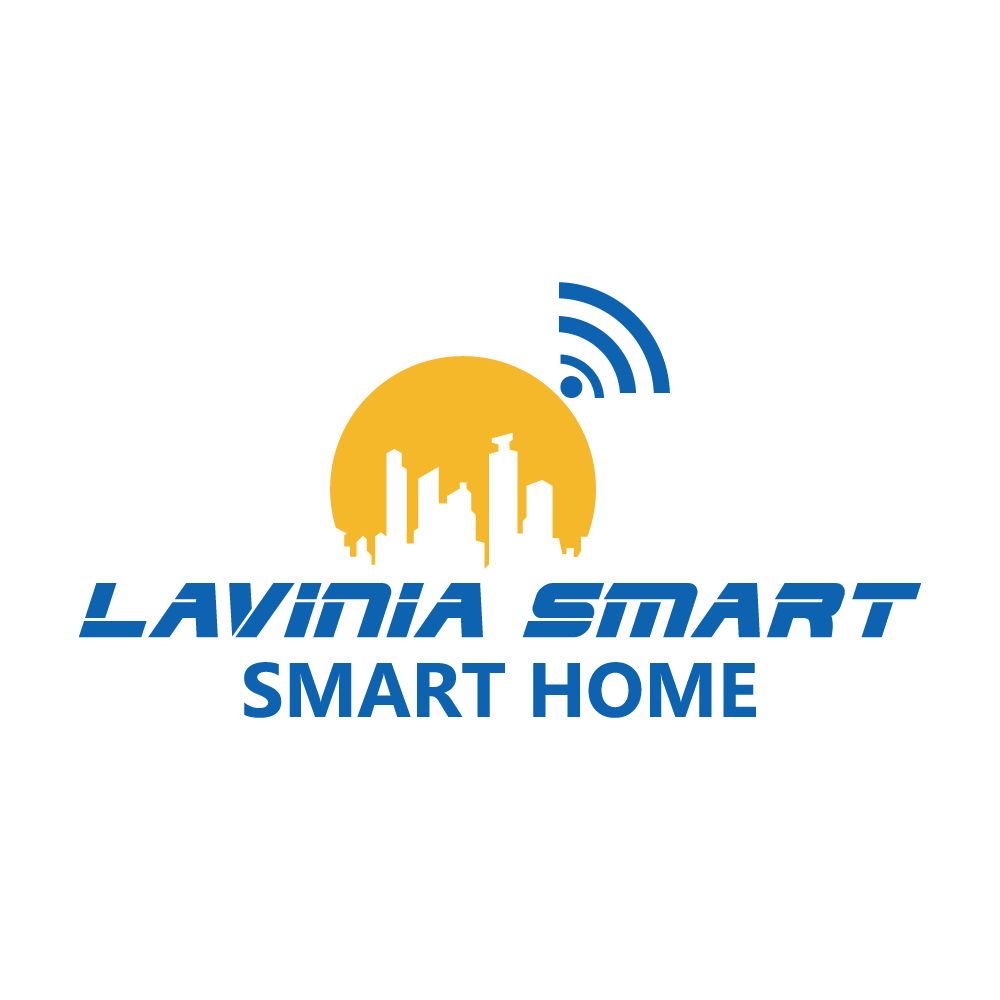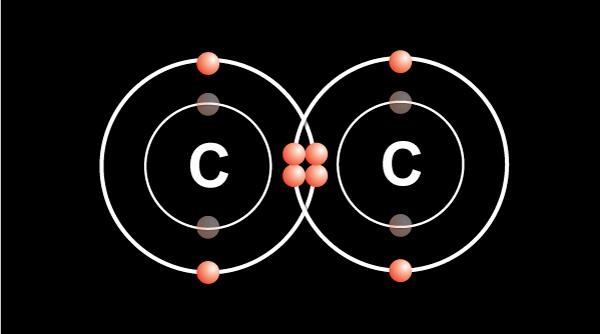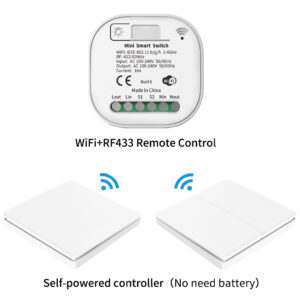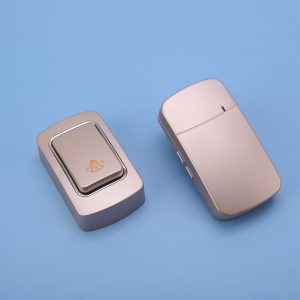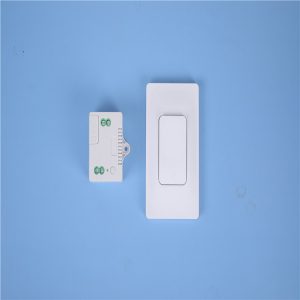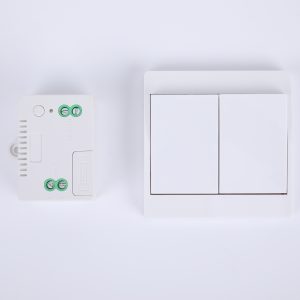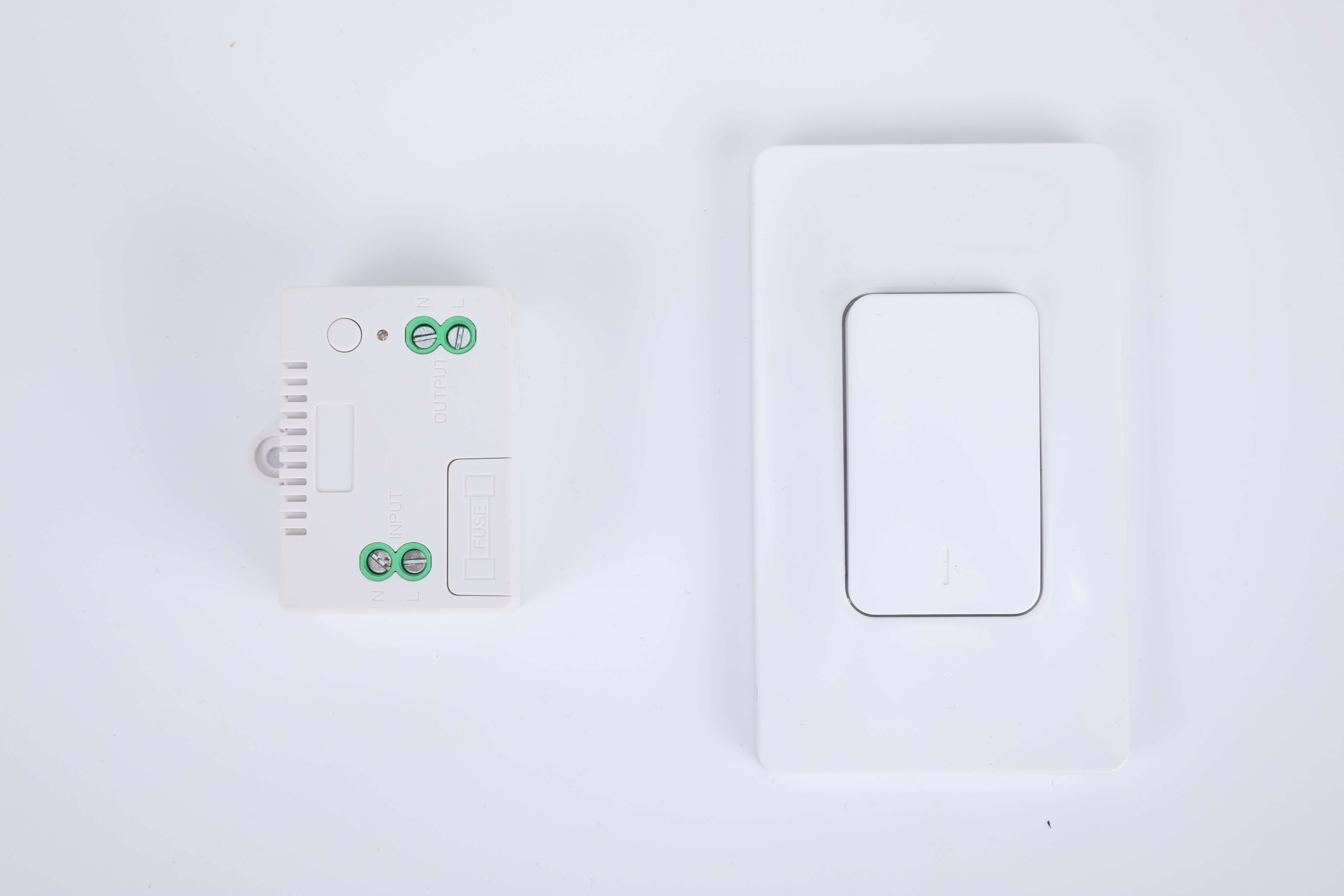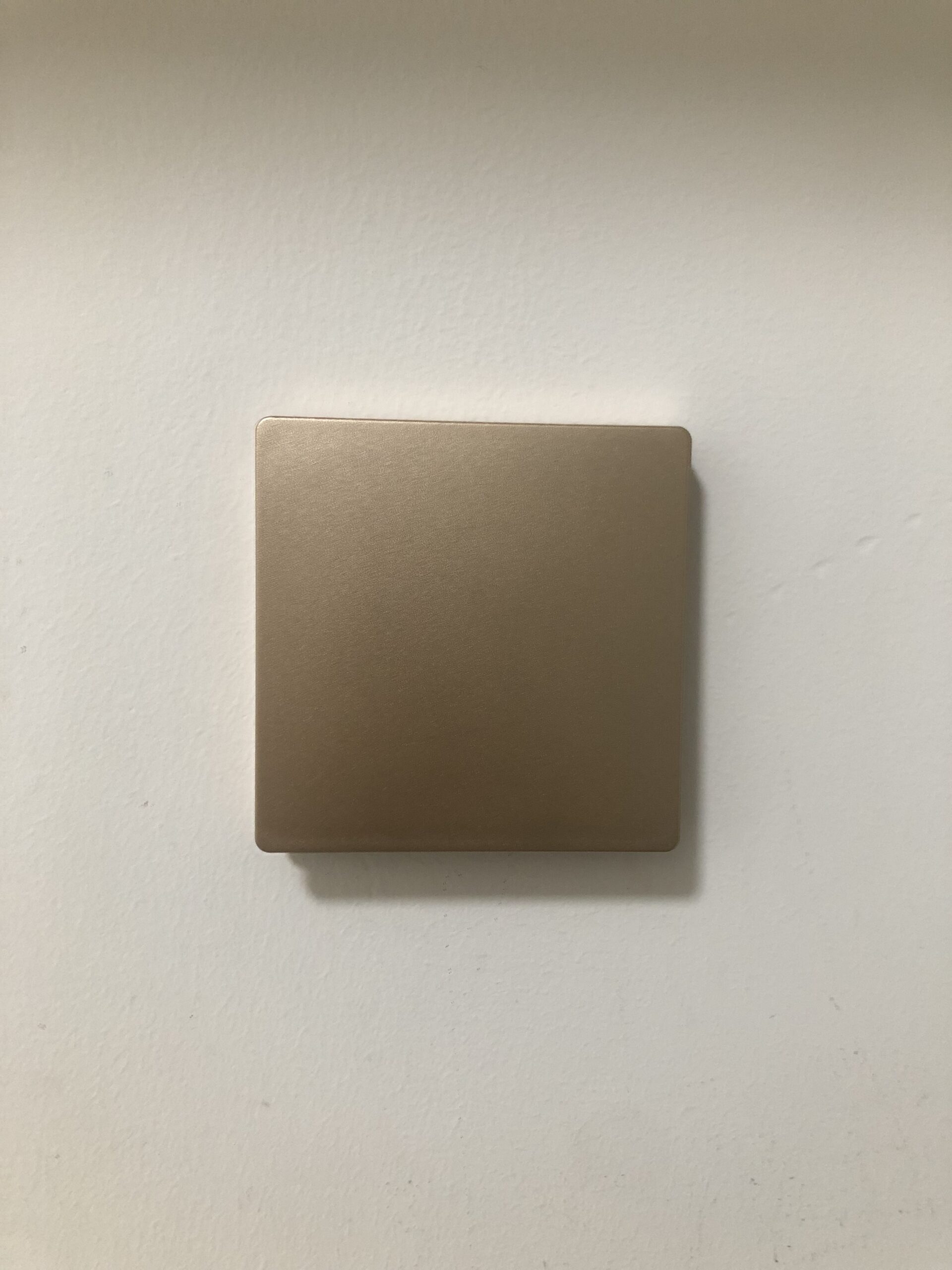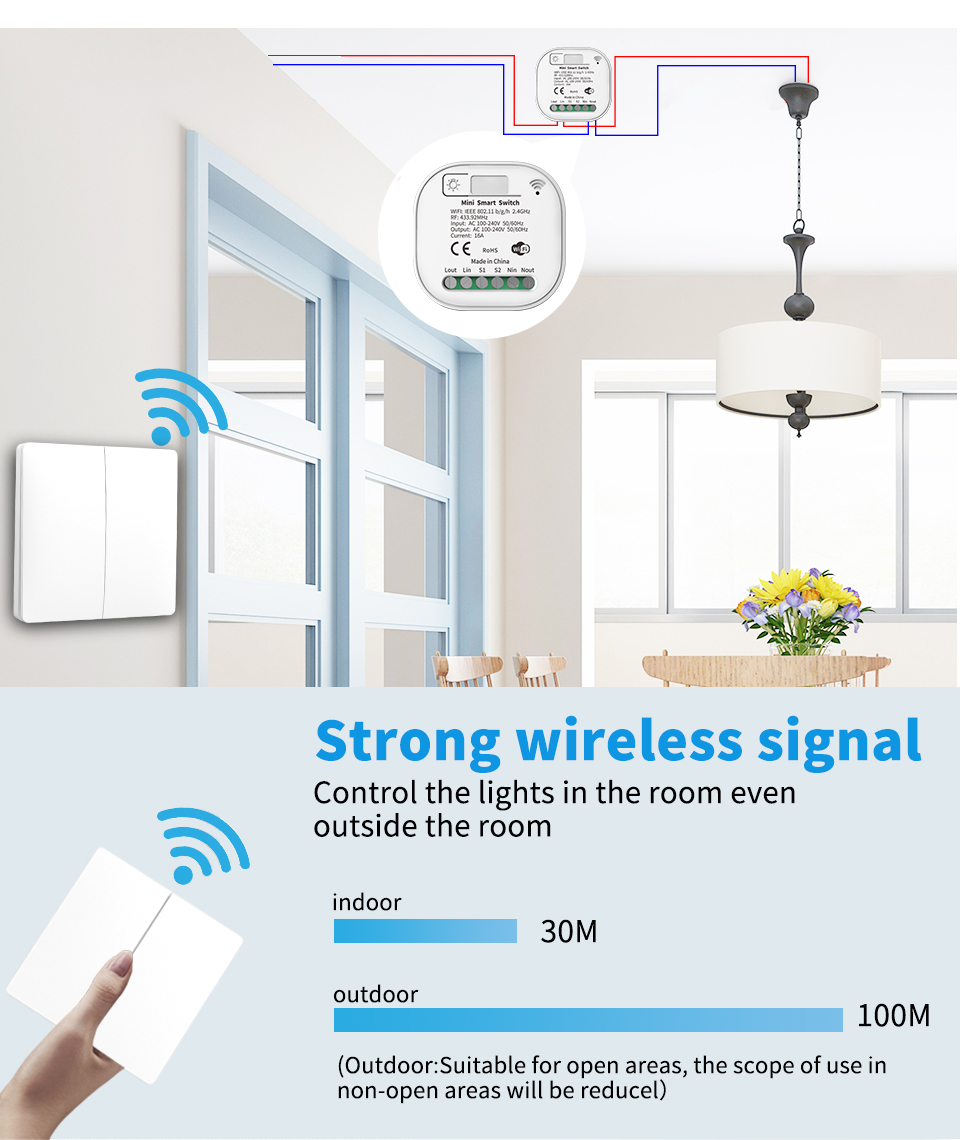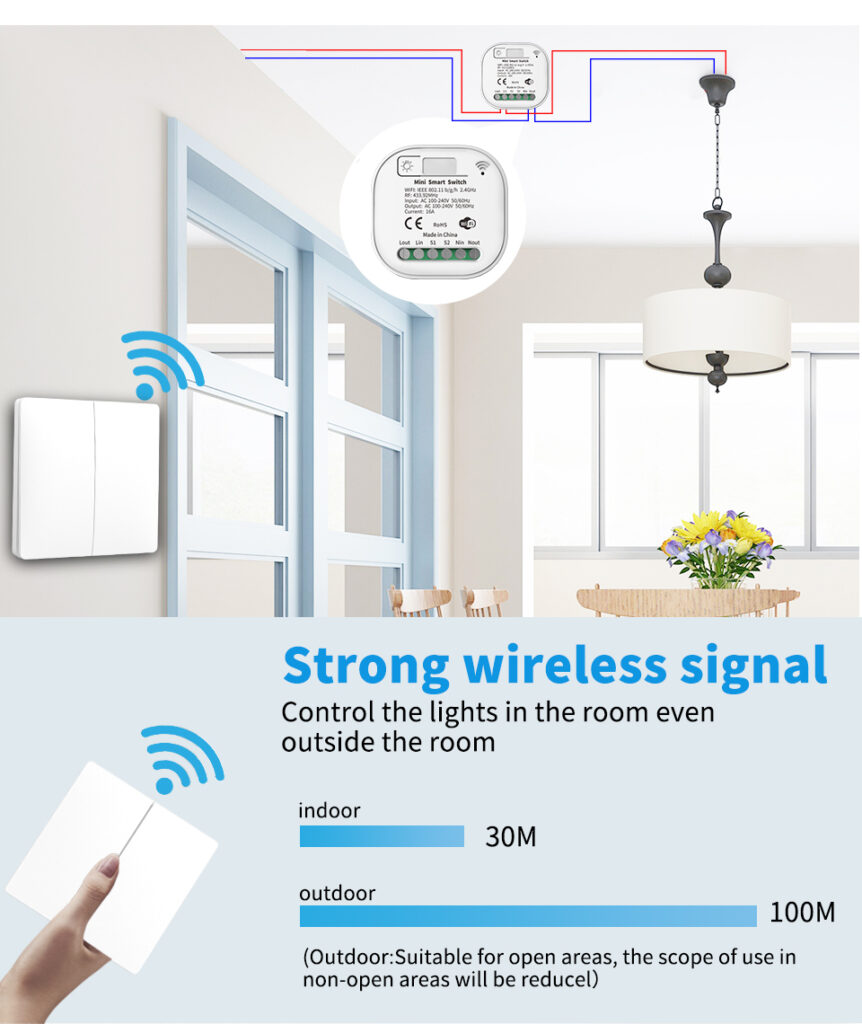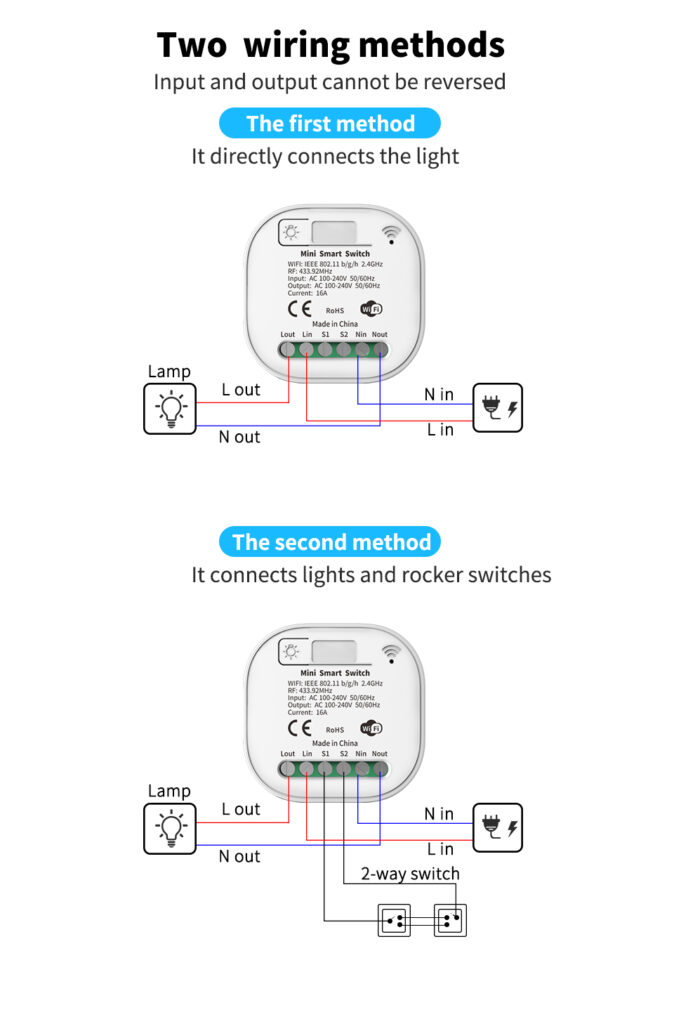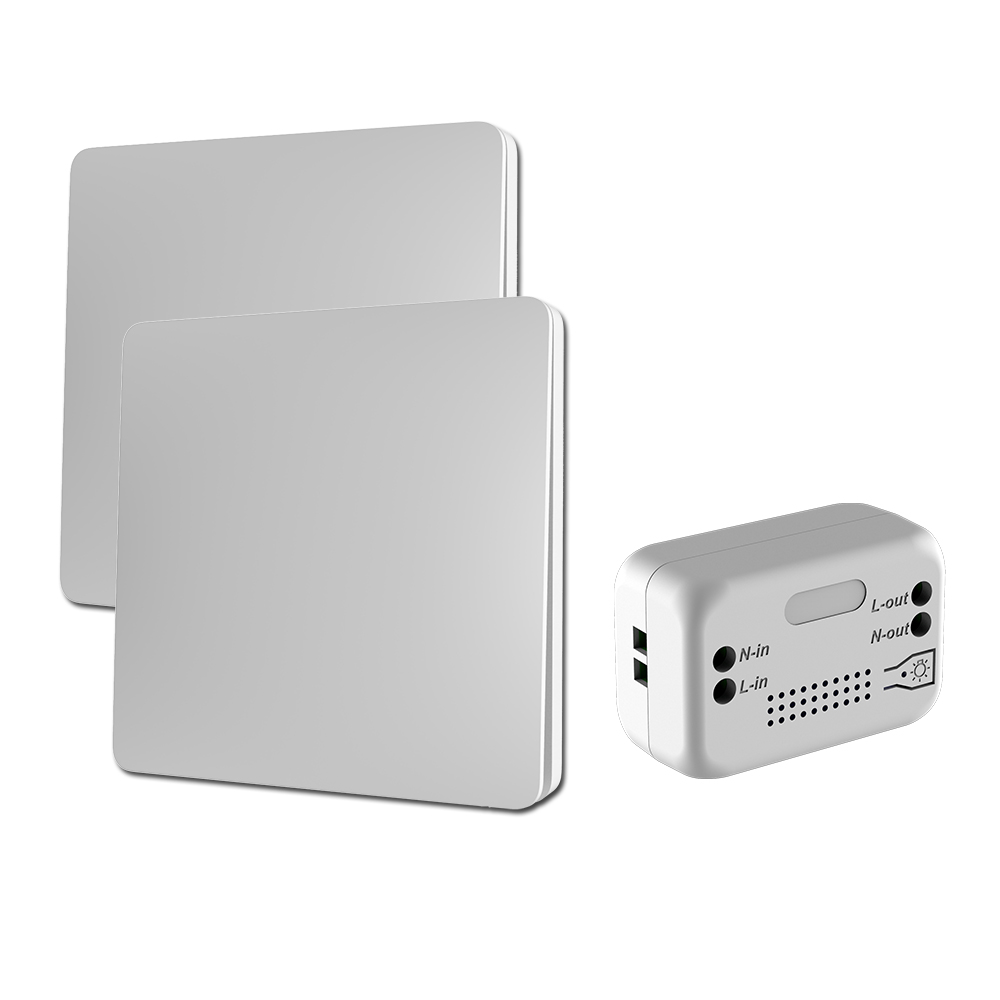What can be done to reach the dual-carbon goal as a result of Ebelong’s automatic switch that is Ebelong? What is the best way to reach the double carbon target?
How self-generated switches react to carbon double targets
How can we achieve the dual carbon goal in the wake of Ebelong’s automatic switch in Ebelong? What is the best way to meet the double carbon target?
Self-generated switches do not require the cutting of the wall wire, doesn’t need a battery, and it is waterproof to IP67 standards and anti-electrical shock. It is easy to use multi-control for mobile phone and voice App control, is compatible with Huawei HiLink, Doodle, and other platforms that support multi-protocol. It is easy installation, simple usage and is in compliance with the demands of a low carbon eco-friendly.
Self-generated switch does not require cutting the wall wiring, thus reducing cost of labor, resources as well as noise and dust pollution. It does not require batteries. it can be used for post-maintenancewithout the hassle of replacing batteries or disposal of batteries that are used, allow for customization, and welcome collaboration.
“double carbon “double carbon” also has an influence on traditional industries. To achieve the double carbon target everyone in the company must participate in the process and promote the idea of living a low-carbon lifestyle as well as reducing carbon emissions within the construction sector is an essential element, and the constant development of green buildings is a key way to reduce carbon emissions.
What could we do to help us achieve the double carbon goal?
The following steps can be taken to meet the double carbon goal.
1. The Rice water is used for washing hands and wash faces and dishes, clean up the dishes that are laden with oil, wipe furniture, water flower, etc… It’s healthy, clean and naturally nutritious.
2. The newspaper waste surface at the lower part of the closet 2. The waste newspaper pavement in the bottom of the closet not only absorbs moisture, but it also absorbs the odors that are present in the closet. It can also clean the glass, and cut down on the use of harmful environmental glass cleaner.
3. Mask paper that is used for masking is a great way to clean jewelry, clean the furniture’s surface or even wipe off the belt. It does not only to clean bright but also leaving the scent of the mask paper.
4. Once you have soaked the tea residue, let it dry and create a tea cushion that is both comfy and assist in improving sleep. It could also be used to wash dishes. first material used for hand soap. Drying in the sun, can be able to absorb smells.
5. When you go shopping, and try to carry their own eco bags 5. Take free or paid plastic bags. Also, try to reduce their usage.
6. Use your own drinking glasses on your next outing and cut down on the amount of disposable cups you use.
7. Choose more permanent chopsticks and lunch containers Try to use your own tableware and stay clear of disposable tableware.
8. Make it a habit to turn off the power to electrical appliances in order to reduce the use of energy.
Perspective from a professional perspective. How can we assist China reach the double carbon target
The Chinese “double carbon” target is in essence an effort to reduce carbon emissions. It is an long-term objective that is, after reaching the point of no return, more intense reductions in emissions is required to reach carbon neutrality. The term “carbon peak” refers to point with the aim of carbon neutrality. It’s an ideal peak for the highest quality of economic development and to help optimize the structure of industries and technological advancement to reduce the intensity of carbon and not the peak of carbon emissions or even an absolute peak. Carbon neutrality is a brand new growth path for China’s economy and social growth, that is economically, cost-effective and socially advantageous, and will be a significant milestone in the reduction of carbon emissions and the rapid development in society and economy.
In order to reach to achieve the “double carbon” target, we need to substantially reduce the direct use of coal, focusing on the use of bulk coal. We must also reduce the percentage of coal used in the energy sector that is used for primary consumption and gradually rid of our dependence of coal for the primary solution.
-
WiFi+RF Self-powered no battery no power DIY Mini Smart Relay Switch Module, Alexa and Google Home
-
Kinetic No Battery Plug In Wireless Long Range no wiring Self-powered doorbell button
-
Self-Powered Kinetic Switch Wireless Remote Control Light Touch Switches, Smart Home RF 433 Remote Control Wall Switch
-
Smart Home Self-Powered Kinetic Switch Wireless Remote Control Electric Light Switch
